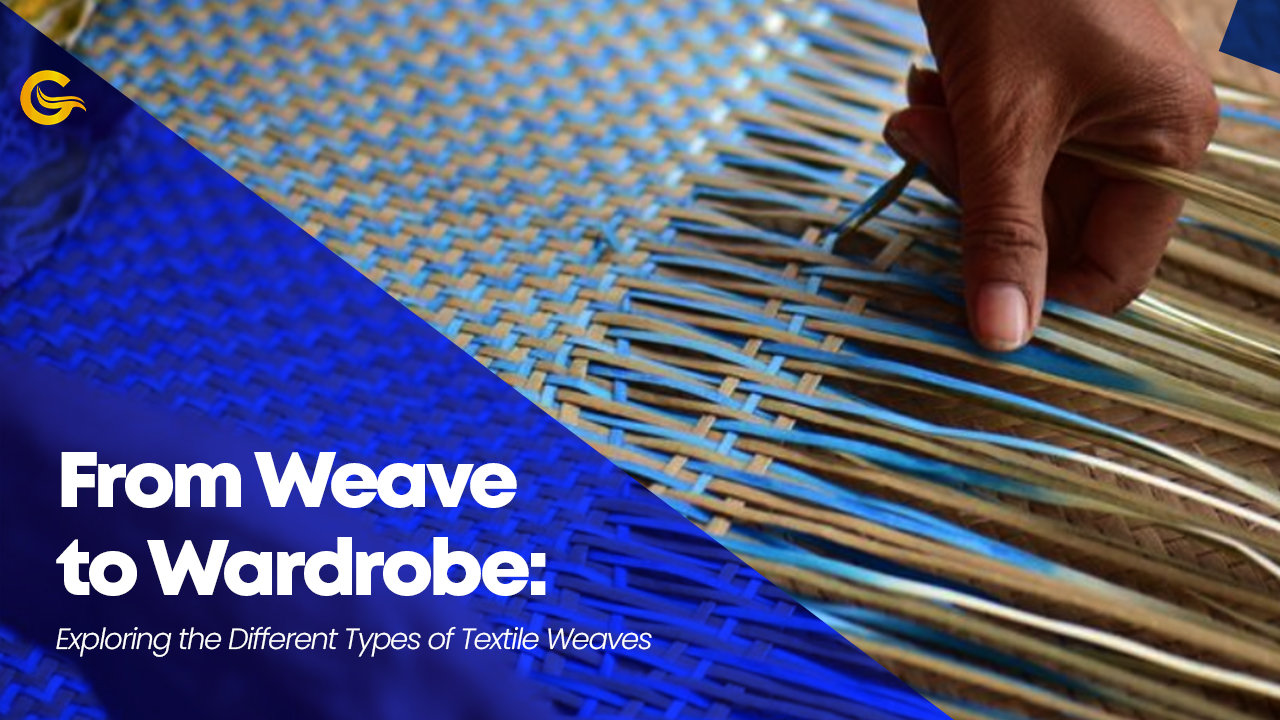
Fabric design begins long before color or pattern — it starts with the weave. Understanding textile weave types is essential for every fabric seller and fashion designer, as the weave determines how a fabric looks, feels, and performs. This guide will help you decode the fascinating structure behind woven fabrics and choose the right weave for your next masterpiece.
What Is a Textile Weave?
A textile weave refers to how threads are interlaced to form a piece of fabric. The two main thread directions are the warp (lengthwise) and the weft (crosswise). The pattern in which they intersect gives each weave its distinctive characteristics — from smooth and structured to soft and drapey.
Every weave type influences not only the texture but also the fabric’s durability, flexibility, and appearance. For instance, a tight weave enhances strength, while a looser one provides breathability — factors that determine where and how a fabric is used. To understand these technical foundations, you can reference the Textile School’s guide to fabric structures for additional visuals and insights.
Plain Weave: The Foundation of All Fabrics
The plain weave is the simplest and most common structure in textiles. Warp and weft threads cross alternately, creating a balanced and durable surface.
This weave produces fabrics like cotton muslin, organza, and broadcloth, known for their lightweight feel and versatility. Plain weaves are easy to produce, resist snagging, and are ideal for garments requiring stability — such as shirts, dresses, and upholstery linings.
For everyday textile applications, explore GFT Textile’s fabric collection to find plain-weave materials perfect for both beginners and professionals.
Twill Weave: Strength with a Diagonal Touch
When comparing plain weave vs twill, the difference lies in texture and visual flow. Twill weaves feature diagonal lines created by offsetting the interlacing points. This gives the fabric a distinctive ribbed pattern and excellent drape.
Common examples include denim, gabardine, and twill suiting fabrics. These materials are known for their resilience and ability to resist wrinkles. Because of its structure, twill is preferred for jeans, jackets, and workwear that need both durability and comfort.
Satin Weave: Smooth, Lustrous, and Luxurious
Unlike the visible diagonals of twill, the satin weave is prized for its smooth surface and elegant sheen. It’s made by floating warp or weft threads over several yarns, minimizing interlacing and maximizing reflectivity.
This weave is perfect for evening wear, linings, and high-end interiors. Though more delicate than plain or twill, its luxurious texture adds undeniable sophistication.
For designers aiming for premium finishes, GFT Textile offers satin-based fabrics suited for both apparel and decorative projects. You can also explore the Britannica entry on satin weaving for historical context and production insights.
Basket and Leno Weaves: Creative Variations
The basket weave is a variation of the plain weave, where multiple yarns are grouped together before interlacing. This creates a chunkier texture — ideal for canvas, Oxford cloth, and home décor fabrics.
Meanwhile, leno weave intertwines warp threads around each other to lock in the weft, resulting in open, airy fabrics like gauze and netting. These are commonly used for curtains, overlays, and lightweight wraps that emphasize texture and breathability.
For additional reading, the Textile Learner provides visual diagrams of weave structures, helping new designers recognize each pattern type.
Choosing the Right Weave for Your Purpose
Selecting a fabric isn’t just about color or fiber content — the weave structure is equally vital. For example:
- Plain weaves are great for versatile, durable basics.
- Twill weaves suit structured, high-mobility garments.
- Satin weaves bring elegance to luxury designs.
- Basket and leno weaves enhance creativity and texture.
By understanding these differences, fabric sellers and designers can make informed decisions that elevate both function and aesthetic. To explore materials by weave type, visit GFT Textile’s shop and discover premium textiles that meet every creative need.
The Future of Weaving: Where Tradition Meets Technology
Modern weaving combines craftsmanship with innovation. Automated looms and digital jacquard systems now allow for intricate designs once made only by hand. These technologies ensure consistency, precision, and waste reduction — aligning with the textile industry’s move toward sustainable production.
Learn more about global weaving innovations through credible sources such as the Textile Institute and Textile World. GFT Textile continues to embrace these advancements, ensuring that traditional weaves stay relevant in the era of smart fabrics.
Final Thoughts
From plain weave vs twill comparisons to advanced woven fabric guides, understanding weave types empowers creators to innovate with purpose. Each structure tells a story of function, craftsmanship, and design evolution.
At GFT Textile, we celebrate this artistry — bridging tradition and technology to deliver fabrics that inspire every wardrobe and workspace. Explore our latest fabric selections to see the beauty of weaving come to life.
